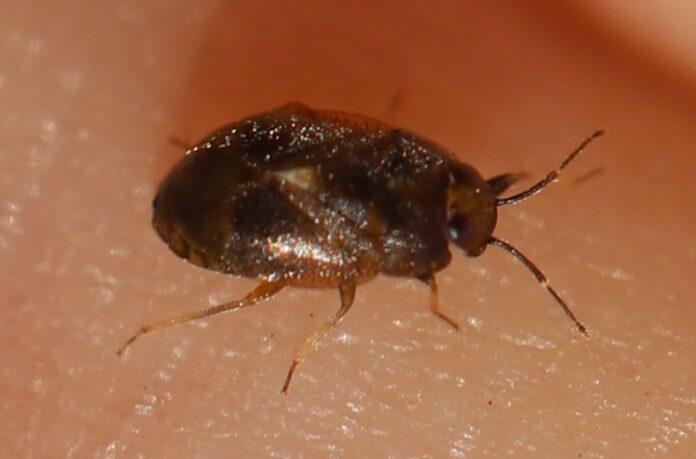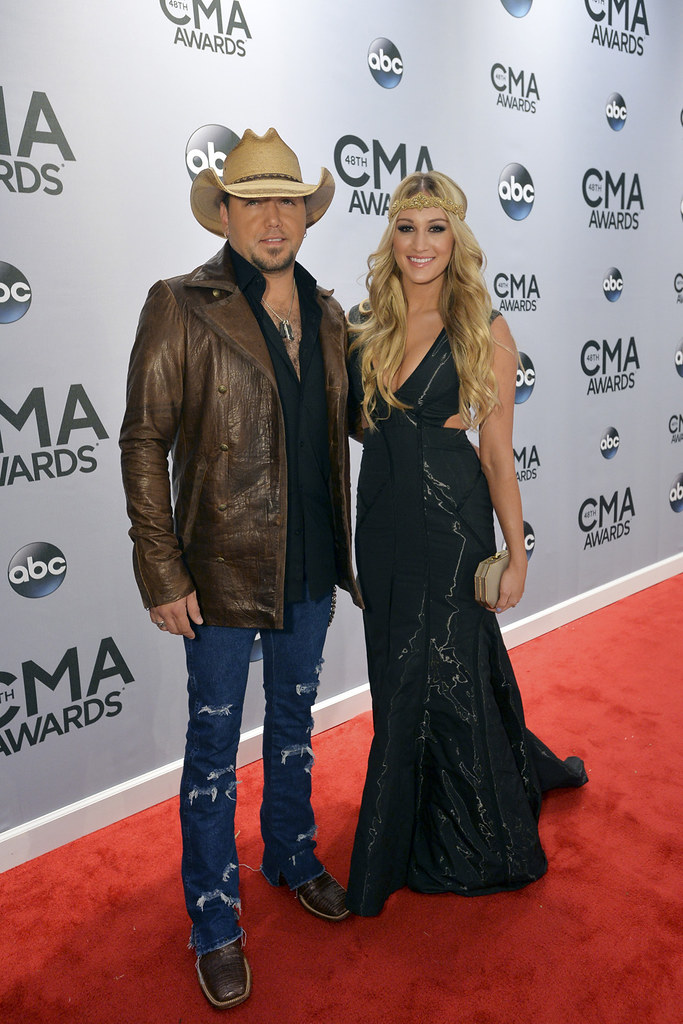Your skin is covered with red welts, and you’ve seen minor red-brown bugs crawling on the mattress, but are you sure it’s bed bugs? Other insects are sometimes confused with bed bugs.
To develop an action plan, you need to determine what pest you are dealing with. An expensive treatment that does not target the nuisance pest is the last thing you want. Unlike adults, bed bug nymphs are whitish-yellow and smaller. During an infection, they appear dark red or bright red. Their bodies are transparent and almost invisible without blood.
When bed bugs hatch from eggs, they are smaller than a poppy seed. Eggs of bed bugs are about the size of a pinhead and are pearly white. Now let’s take a closer look at nine common black bugs that look like bed bugs.
7 black bugs that look like bed bugs.
1. The Baby cockroaches
As a result of their similar coloring, cockroach nymphs (baby cockroaches) are often confused with bed bugs.
German cockroaches, American cockroaches, brown-banded, and Oriental cockroaches are among the young varieties of the most common cockroaches. Cockroaches have long, bristly legs, long antennas, and a flattened, oval appearance.
Colors range from reddish-brown to dark brown and tan to black, depending on the species. They don’t have cockroach wings because they’re nymphs, which leads to people mistaking them for bed bugs.
In food preparation and storage areas, cockroaches thrive in moist conditions. Some of the best breeding grounds are restaurants, grocery stores, commercial kitchens, sewers, and steam tunnels. Cockroaches are even known to live in crawl spaces, bathrooms, and basements. You may have an infestation if you find cockroach nymphs in your home.
2. The Booklice
Easily mistaken for bed bugs and baby bed bugs, booklice come in various colors, including translucent white to gray and brown. The moldy paste of old book bindings and wallpaper provides the perfect meal for booklice. A booklice infestation in your pantry could mean mold grows on your food.
Although they are a nuisance, they are not harmful. They are typically less damaging than lice. Booklice, or psocids, are not lice. While they resemble lice, these minor bugs feed on mold and fungi rather than blood.
3. The Carpet beetles
Adult carpet beetles are oval-shaped, vary in length, and often resemble bedbugs. Various carpet beetle species exist, including the black, standard, furniture, and varied carpet beetle.
Among their preferred foods are furs, wools, feathers, leather, and other animal origin materials. Despite their name, they aren’t fond of eating the synthetic materials used in today’s carpet. However, they will make an exception if your carpet contains a mix of synthetic materials, animal fabrics, food, sweat, and oils.
Carpet beetles usually hang out around rugs and carpets, under upholstered furniture, and baseboards.
Unlike carpet beetle larvae, which pose no harm to humans, they can cause significant damage to carpets and wool sweaters. The injury usually appears as a single ruined patch instead of multiple small holes. Molted shells are also left behind after carpet beetles attack.
4. The Spider beetles
Spider beetles may resemble bed bugs that have just consumed blood.
Precisely what is a spider beetle? Due to their large, rounded abdomens and long legs. Reddish-brown to black, shiny, globe-shaped abdomen with pale yellow legs, head, thorax, and antennae characterizes the American spider beetle.
Read more:Each And Everything You Should Need To Know About What Kills Rats Instantly?
Often spider beetles are found in grain mills, pantries, warehouses, and attics where the bird, rodent, or bat droppings are present. Their bites can lead to food contamination.
5. The Bat bugs
In addition to their oval body, bat bugs have a short, broad head attached to their prothorax. The main difference between these two look-alikes is that they have more extended (and more) hairs on their thorax.
Bat bugs are typically found in colonies of roosting bats, usually in attics, behind walls, or in chimneys. The remaining bat bugs can move into your home after bats leave or are removed and hide in dark crevices and fabric folds, including your mattress.
The bat bug feeds primarily on the blood of bats and will only bite humans if the bat host is not available. Even though bat bugs are not known to transmit any diseases to humans, their presence can cause anxiety and insomnia in some people.
6. The Fleas
Fleas can impersonate bed bugs. A flea’s narrow body, spiny legs, and backward-pointing bristles allow it to move through fur, woven fabrics, and hair quickly. Their hind legs make them good jumpers. Cats, dogs, mice, birds, and people are among the warm-blooded animals these bloodsuckers feed.
Animals provide a feast for fleas, and pets are the primary source of fleas inside houses. Look for flea larvae in cracks in the floor, carpets, mattresses, and pet beds. They especially like places where they can eat food, waste, and feces from adult fleas.
The flea can transmit diseases (including typhus and plague) to humans. A flea’s saliva can also cause severe allergic reactions in some people and animals. Your pet may suffer from anemia from blood loss.
7. The Head lice
Is it a bed bug or a lice infestation? Bed bugs and lice are often confused.
Due to lice’s host specificity, dogs infected with lice can’t migrate to you, and dogs can’t transmit lice.
Typically gray, head lice affect only people, but they can take on their host’s hair color. Females measure from 1/16 to 1/8-inch long and are flat in shape, while males are smaller. Female head lice cannot fly or jump.
If you have head lice and don’t get treated, they will continue to feed on your blood and may shed dark red feces on your scalp.
The head lice usually collect behind the ears and at the lower back of the head.
According to the Centers for Disease Control and Prevention (CDC), head lice may lead to severe itchiness in the scalp and lack of sleep. Scratching excessively increases your risk of developing a secondary skin infection. You can minimize this risk by using effective methods for removing lice.
Final Thoughts
If you’re looking for some black bugs that look like bed bugs around your bedroom isn’t a bed bug, we hope this article helped. An infestation of bed bugs is nothing to play with, so if you suspect you may have one, you should call a professional immediately.










